Table of Contents
Philippine flag, also known as the flag of Philippines, holds a significant place in the nation’s history and culture. With its vibrant colors and meaningful symbolism, it represents the Filipino identity and heritage. In this article, we will delve into the intriguing aspects of the Philippine flag, its design, historical background, and the symbolism behind its elements.
The Philippine flag features a sun and three stars against a backdrop of blue, white, and red bands. The blue symbolizes peace and truth, while the red represents patriotism and valor. The sun symbolizes freedom, democracy, and sovereignty, and the three stars represent the three main geographic regions: Luzon, Visayas, and Mindanao.
Philippines Flag: Colors and Symbolism
- The flag of the Philippines features a sun and three stars against a backdrop of blue, white, and red bands.
- The blue color symbolizes peace, truth, and the calm spirit of the Filipino people.
- The red color represents patriotism, valor, and the sacrifices made by the Filipino people.
- The sun stands for freedom, democracy, and sovereignty of the nation.
- The three stars signify the three major islands of the Philippines: Luzon, Visayas, and Mindanao.
- The flag’s design reflects the nation’s aspirations, cultural heritage, and unity among the Filipino people.
Flag of Philippines
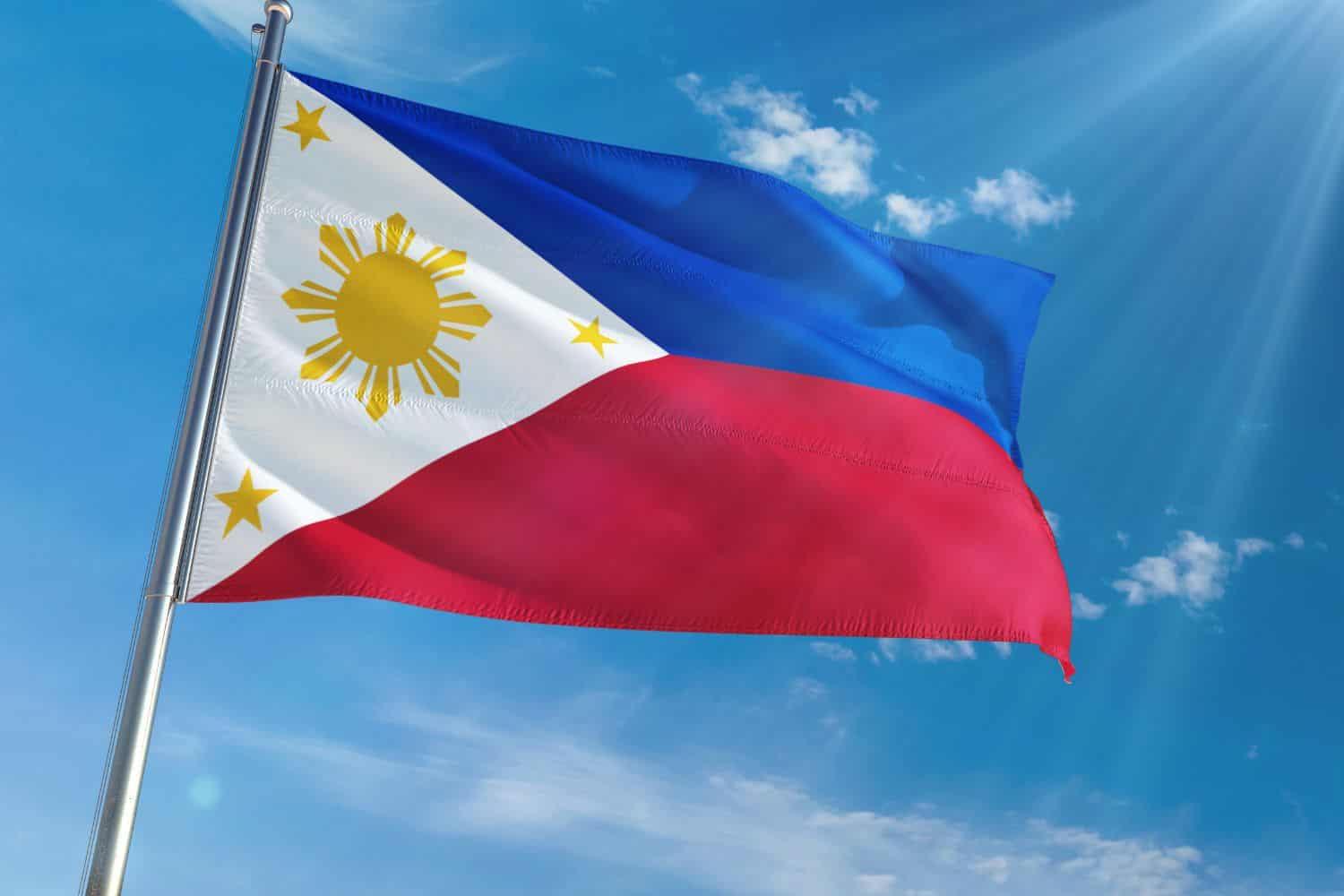
The flag stands as a powerful symbol that encapsulates the cultural significance and spirit of the nation. Its design consists of a sun and three stars against a backdrop of blue, white, and red bands. The blue color signifies peace and truth, mirroring the calm spirit of the Filipino people. The red color showcases patriotism and valor, honoring the sacrifices made by Filipinos throughout history. The sun and stars hold historical and cultural significance, representing freedom, democracy, sovereignty, and the three main geographic regions of the country.
The history of the flag is intertwined with the Philippines’ rich heritage and struggle for independence. Beyond its aesthetics, the flag from the Philippines carries deep symbolic meanings. The colors reflect the values and aspirations of the Filipino people, symbolizing peace, truth, patriotism, and valor. The sun and stars symbolize freedom, democracy, sovereignty, and the country’s geographic unity. It embodies the Philippines’ cultural heritage and serves as a reminder of the nation’s resilience and unity.
National Flag Etiquette and Protocol
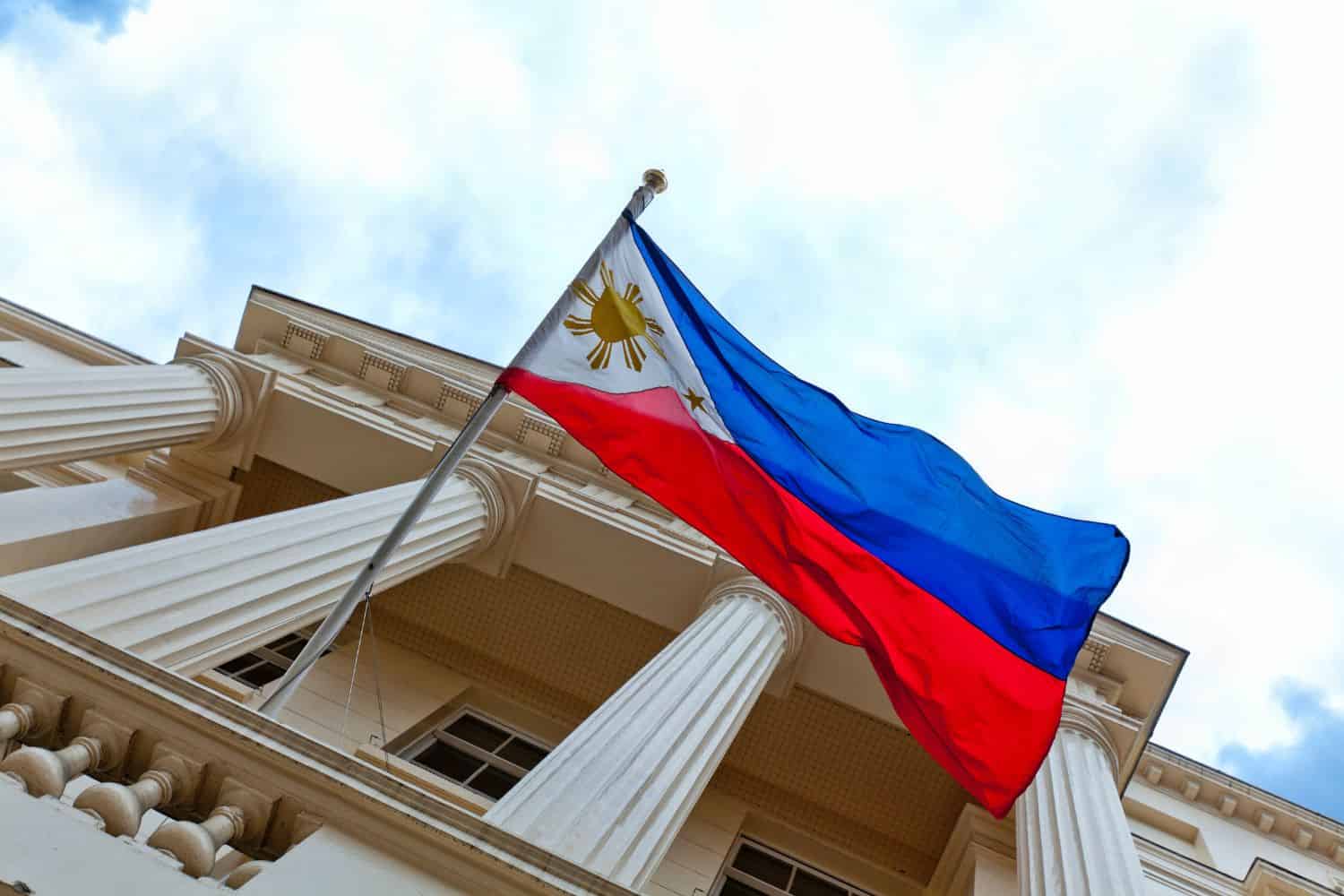
Respecting the proper usage and display of the Philippine flag is of utmost importance. Understanding flag etiquette is essential, especially during national events and ceremonies. Learn about the protocols governing the handling, hoisting, and lowering of the flag. Discover the appropriate procedures for retiring or handling damaged flags, ensuring they are accorded the respect they deserve.
- Proper Handling: The Philippine flag should be handled with care and respect, ensuring it is not allowed to touch the ground or floor. It should be held upright and not dragged.
- Hoisting and Lowering: When hoisting the flag, it should be raised briskly and lowered ceremoniously. It is customary to hoist the flag at sunrise and lower it at sunset, although this may vary depending on the occasion or specific guidelines.
- Displaying the Flag: The Philippine flag should be displayed with the blue field on top and the red field below, with the sun and three stars positioned appropriately. It should be flown freely and not entangled or obstructed.
- Half-Staff: Lowering the flag to half-staff is a gesture of mourning or respect. This should be done on specific days of remembrance or when directed by authorities to honor national tragedies or the passing of significant figures.
- Flag Retirement: When a Philippine flag becomes damaged, torn, or worn out, it should be retired in a dignified manner. This can involve burning it in a respectful and solemn ceremony, following appropriate guidelines and local regulations.
- Flag Size and Placement: The size of the Philippine flag displayed should be proportionate to the size of the flagpole or display area. It is recommended to consult local guidelines or authorities for specific rules regarding flag size and placement.
- Respectful Disposal: If a flag cannot be retired through burning, it should be disposed of in a respectful manner. This can involve burying it or handing it over to authorized organizations that specialize in flag disposal.
Interesting Facts and Trivia
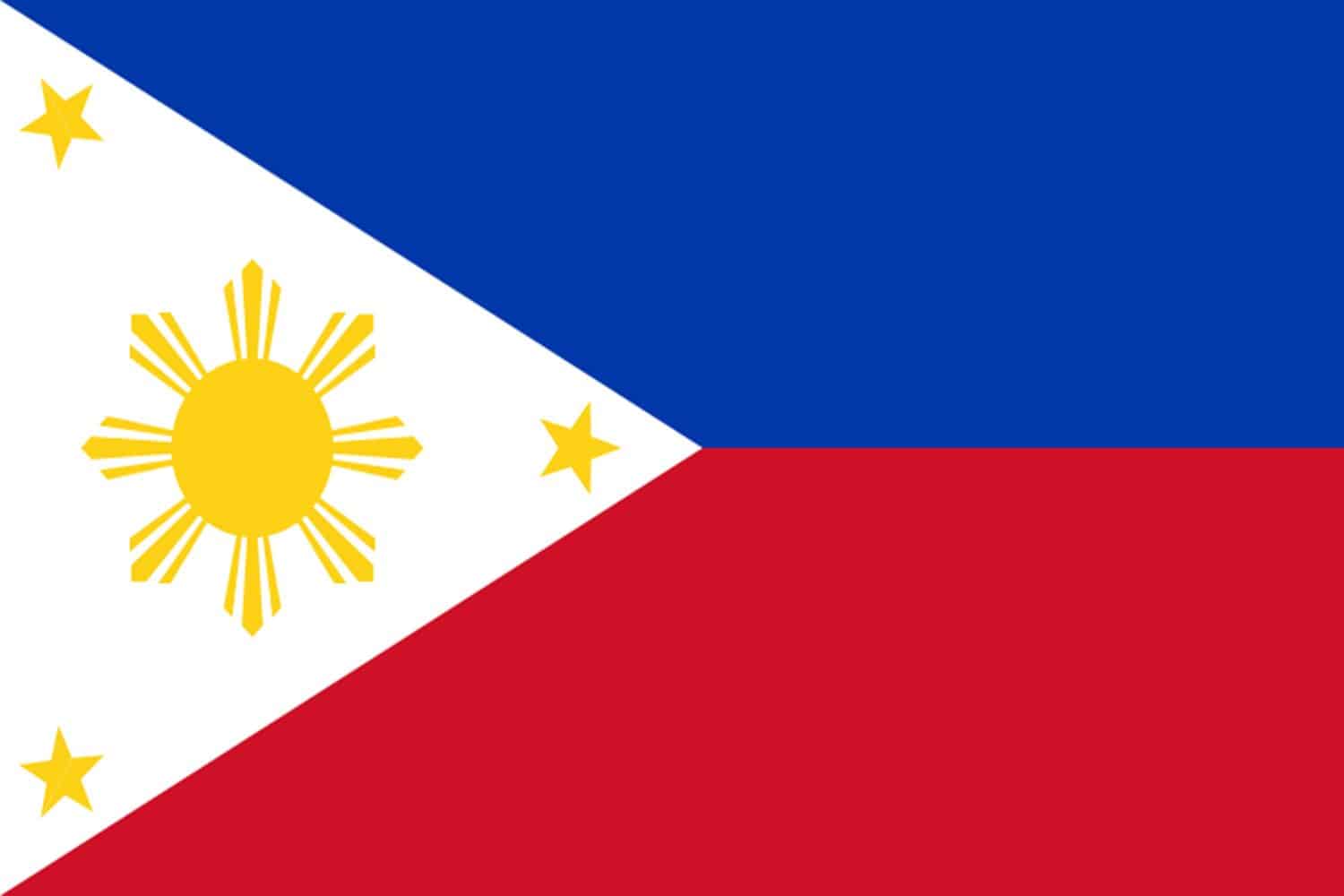
Embark on a journey of fascinating facts and lesser-known trivia about the Philippine flag. Discover unique features within the flag’s design that hold hidden symbolism. Uncover stories of famous incidents or events involving the flag that have left an indelible mark on the nation’s history and identity.
Rich Tapestry of History
- 1898: The current flag of the Philippines was adopted on June 12, symbolizing the independence and aspirations of the Filipino people.
- Colors and Symbolism: The blue stripe stands for peace and justice, the red stripe embodies courage and valor, and the white triangle symbolizes equality and fraternity. The sun and three stars represent the country’s main geographical regions.
- Sun and Stars: The sun at the center symbolizes independence, freedom, and democracy. The three stars represent Luzon, Visayas, and Mindanao, the three main geographical regions of the Philippines.
- National Identity: The flag embodies the Philippines’ rich history, cultural heritage, and the nation’s ongoing pursuit of unity, prosperity, and renewal.
These historical facts highlight significant moments in the history of the Philippine flag, showcasing its role in shaping the Philippines’ national identity and symbolizing its struggles and aspirations throughout the years.
Flag-Related Symbols and Emblems
A flag is not alone in representing the nation’s identity. Explore additional national symbols and emblems closely associated with the Philippines, understanding their significance and how they relate to the flag. Delve into their historical and cultural roots, further enriching your understanding of the Philippine heritage. It’s easy to travel and take a Philippines tour to visit the country’s best destinations.
Symbolisms of the Philippine Flag
The flag of the Philippines holds several symbolic elements that represent the nation’s history, values, and aspirations. Here are the symbolisms of the Philippines flag presented in itemized form:
- Red Color: Represents bravery, valor, and the sacrifices made by the Filipino people throughout history.
- Blue Color: Symbolizes peace, truth, and justice.
- White Triangle: Stands for equality and fraternity among Filipinos. It also represents the Katipunan, a Filipino revolutionary society that fought for independence from Spain.
- Three Stars: These represent the three main geographical regions of the Philippines – Luzon, Visayas, and Mindanao.
- Sun: The sun has eight rays, representing the first eight provinces that revolted against Spanish rule.
- Flag’s Design: Reflects the Philippines’ aspirations, cultural heritage, and unity among the Filipino people.
- National Identity: The flag serves as a powerful symbol that unifies the Filipino people, reminding them of their shared heritage and cultural identity.
- National Aspirations: Through its design and elements, the flag embodies the aspirations and values of the Filipino nation, including bravery, peace, justice, equality, and freedom.
These symbolisms in the flag contribute to the country’s sense of identity and pride, reflecting its historical journey and cultural significance.
Flags of Similar Countries or Regions
Exploring the flags of neighboring countries or regions within Southeast Asia offers captivating insights. Compare and contrast these flags, looking into the similarities in design, colors, or symbolism. Dive into the historical and cultural ties between these flags, highlighting shared influences or unique identities.
Philippine Flag vs Indonesian Flag
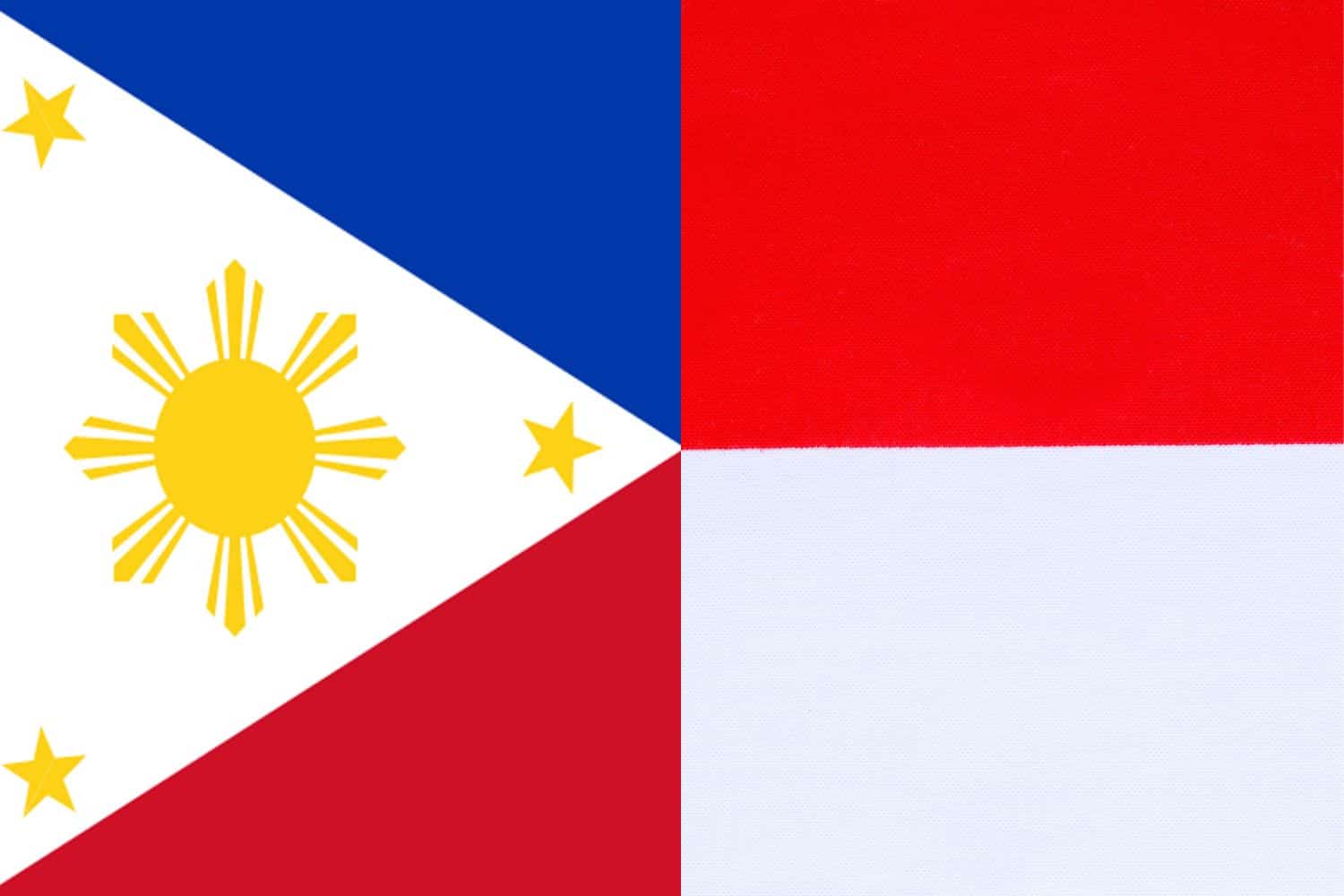
Similarity: Both flags feature red and white horizontal stripes.
Difference: The Philippine flag includes a blue stripe above the red one, a white triangle at the hoist side, and a sun and three stars within the triangle.
Philippine Flag vs Malaysian Flag
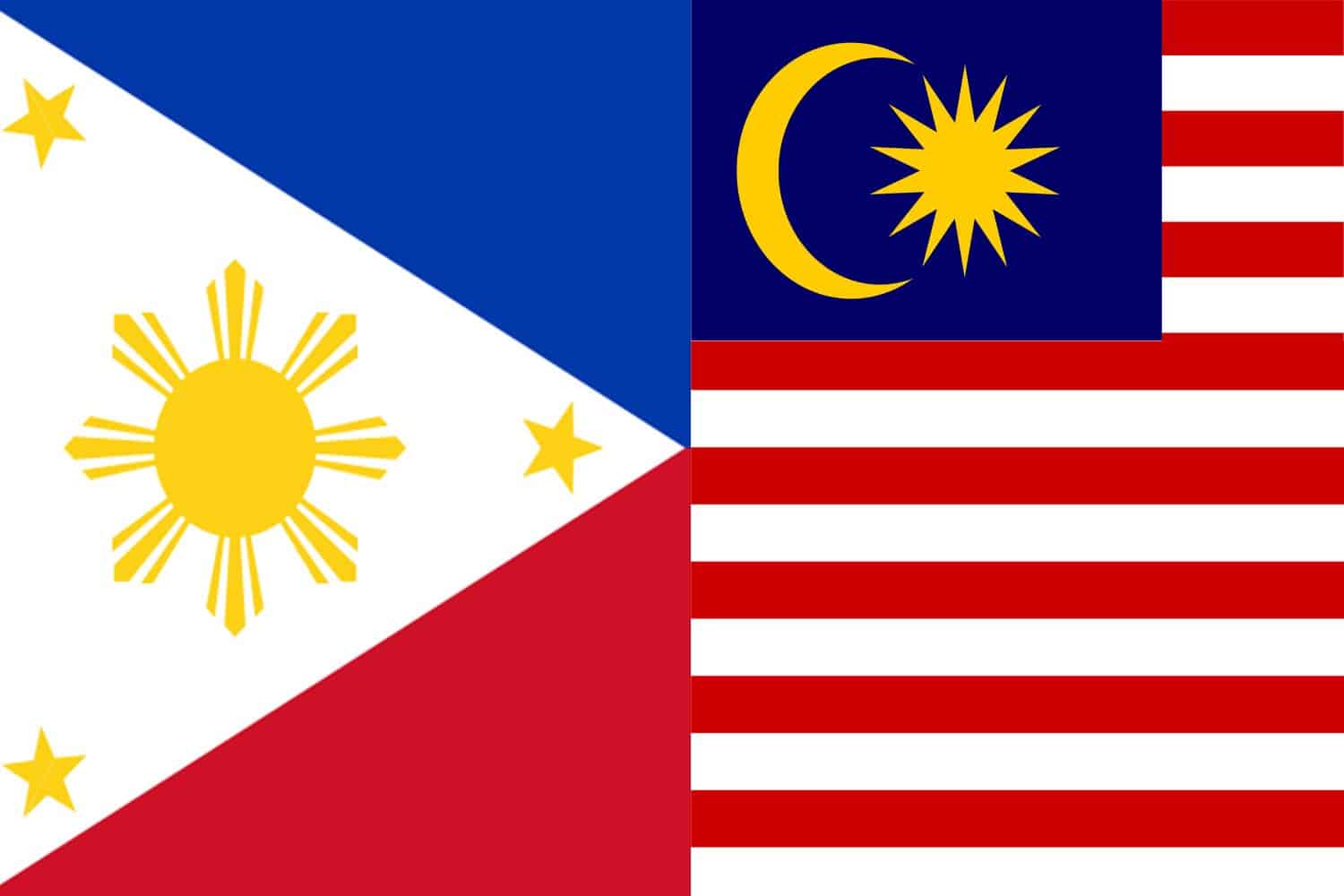
Similarity: Both flags have red and white horizontal stripes.
Difference: The Malaysian flag includes a blue rectangle in the top left corner with a yellow crescent and 14-point star.
Philippine Flag vs Singaporean Flag
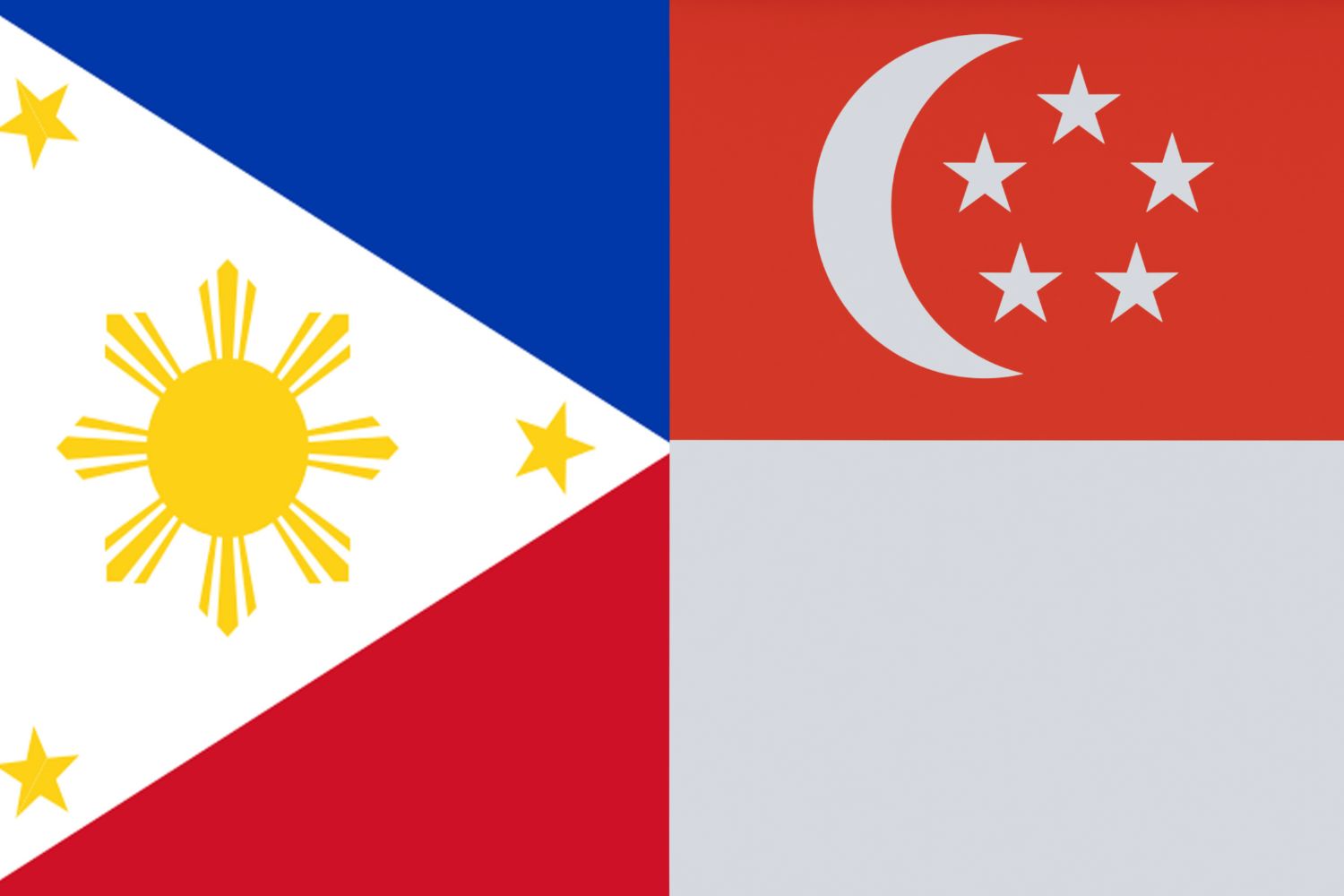
Similarity: Both flags feature red and white components.
Difference: The Singaporean flag has a red field on top and a white one at the bottom, with a crescent and five stars in the top left corner of the red field.
Philippine Flag vs Thai Flag
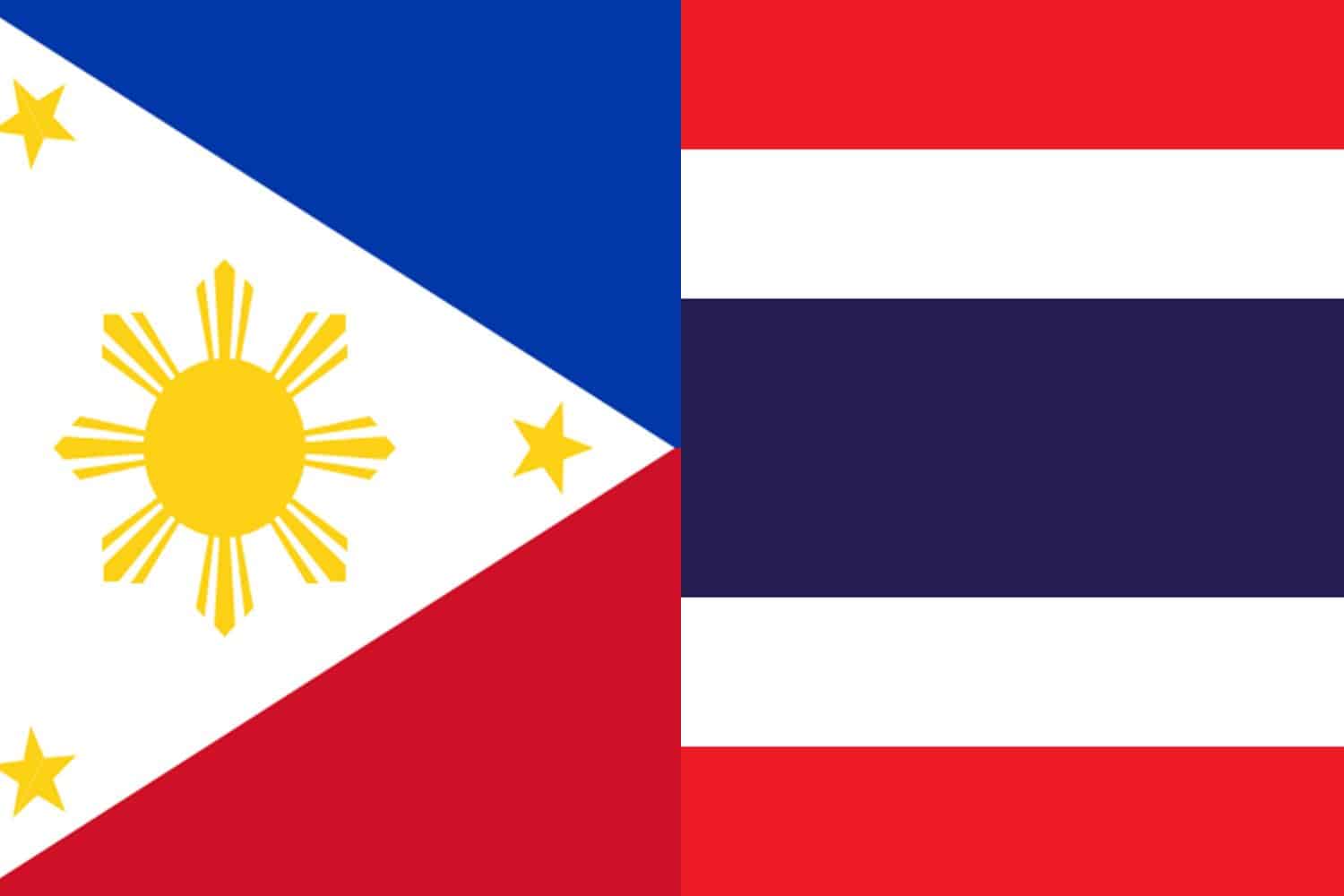
Similarity: Both flags use red, white, and blue in their designs.
Difference: The Thai flag consists of horizontal bands of red, white, and blue with the blue band being double the width of the others.
Philippine Flag vs Vietnamese Flag
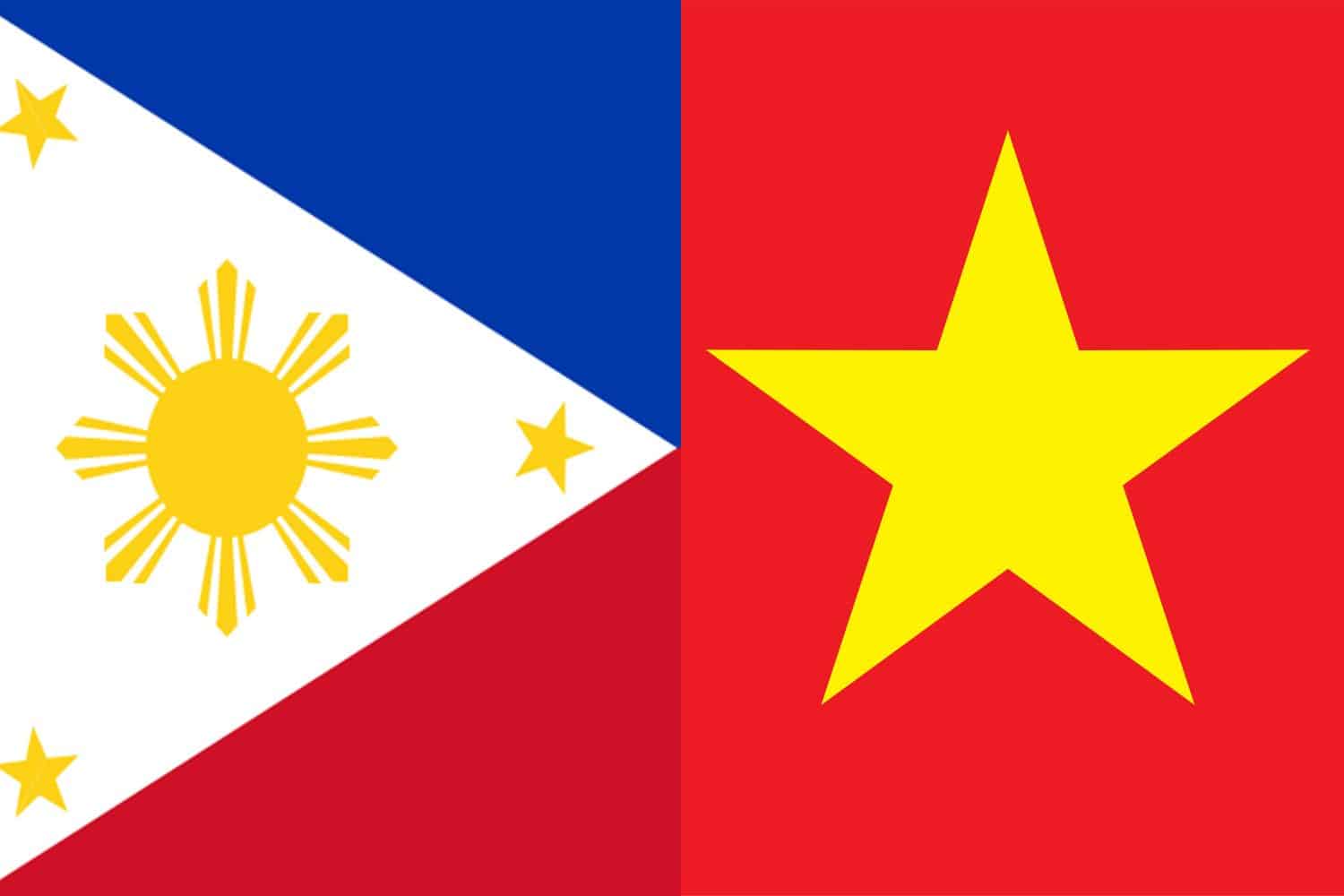
Similarity: Both flags feature a red field.
Difference: The Vietnamese flag includes a large yellow star in the center.
Philippine Flag vs Bruneian Flag
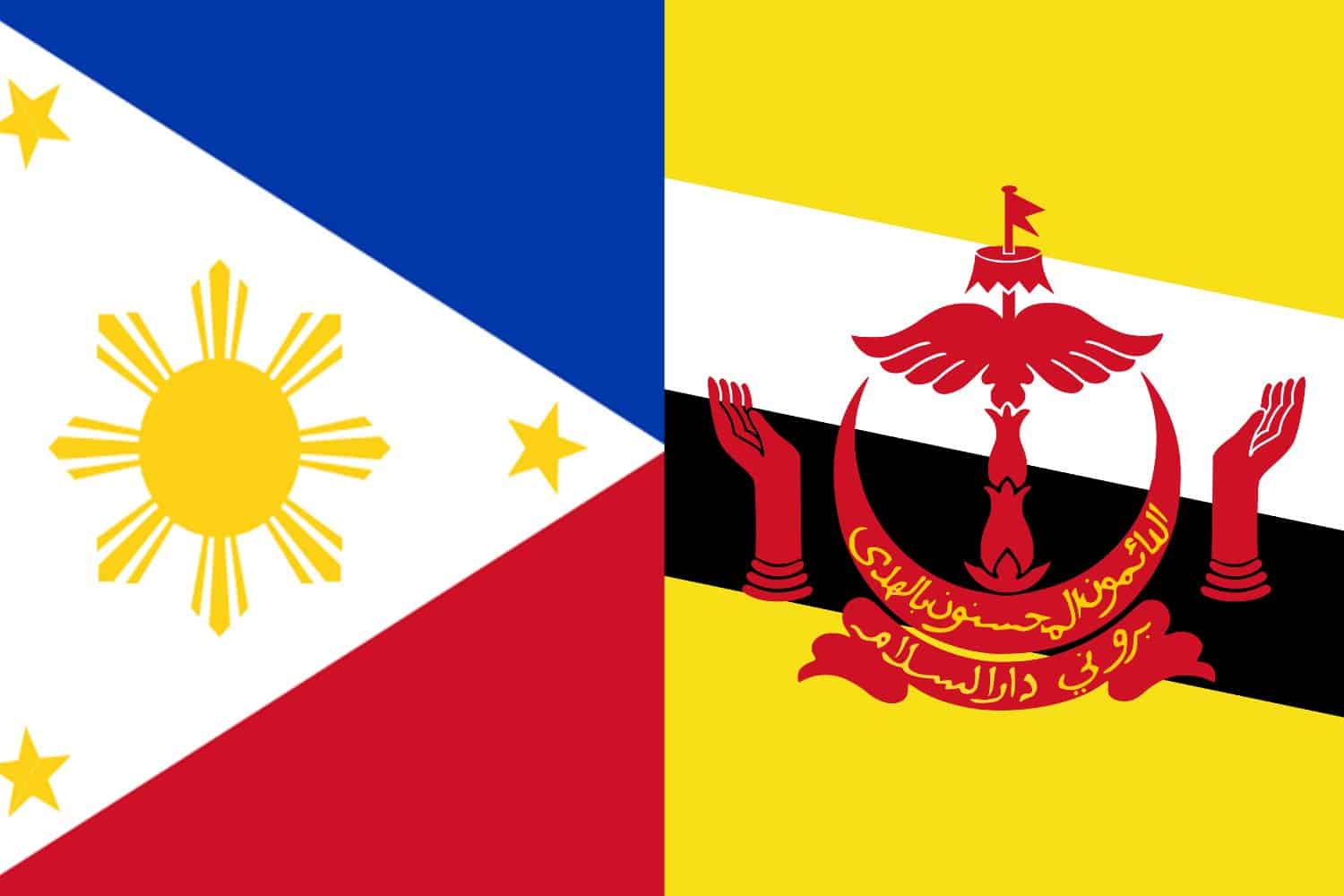
Similarity: Both flags incorporate red in their design.
Difference: The Bruneian flag features a yellow field with white and black diagonal stripes and a national emblem in the center.
Frequently Asked Questions (FAQs)
Explore answers to common questions about the Philippines flag picture. From its historical roots to the symbolism behind its elements, get concise and informative responses to the questions frequently asked by those eager to learn about the Philippines’ flag.
What do the colors of the Philippine flag represent?
The blue stands for peace and truth, the red symbolizes patriotism and valor, and the white triangle represents equality and fraternity among the people.
What is the symbolism of the sun and stars on the Philippine flag?
The sun represents independence, freedom, and democracy. The three stars represent the three main geographical regions of the Philippines: Luzon, Visayas, and Mindanao.
When was the Philippine flag officially adopted?
The flag was officially adopted on June 12, 1898, during the declaration of Philippine independence from Spain.
Is it true that the flag is reversed during wartime?
Yes, during wartime the flag is displayed with the red field on top and the blue field at the bottom.
Who designed the Philippine flag?
Emilio Aguinaldo, the first President of the Philippines, is credited with designing the flag.
Where was the first Philippine flag sewn?
The first flag was sewn in Hong Kong by Marcela Agoncillo, Lorenza Agoncillo, and Delfina Herbosa de Natividad.
What’s the proper way to display the Philippine flag?
When displayed vertically, the blue field should be to the left (observer’s left) in times of peace, and the red field to the left during wartime.
Are there specific guidelines on how to treat and handle the Philippine flag?
Yes, the Republic Act No. 8491, known as the “Flag and Heraldic Code of the Philippines”, provides detailed guidelines on the display, usage, disposal, and penalties for misuse of the flag.
What is the significance of the 8 rays of the sun on the flag?
The eight rays symbolize the first eight provinces that revolted against Spanish rule: Manila, Cavite, Batangas, Bulacan, Pampanga, Nueva Ecija, Tarlac, and Laguna.
Is there a specific ratio for the dimensions of the Philippine flag?
Yes, the official ratio of the flag’s width to length is 1:2.
More About Philippines
[the-post-grid id=”50412″ title=”Philippines Main page”]
